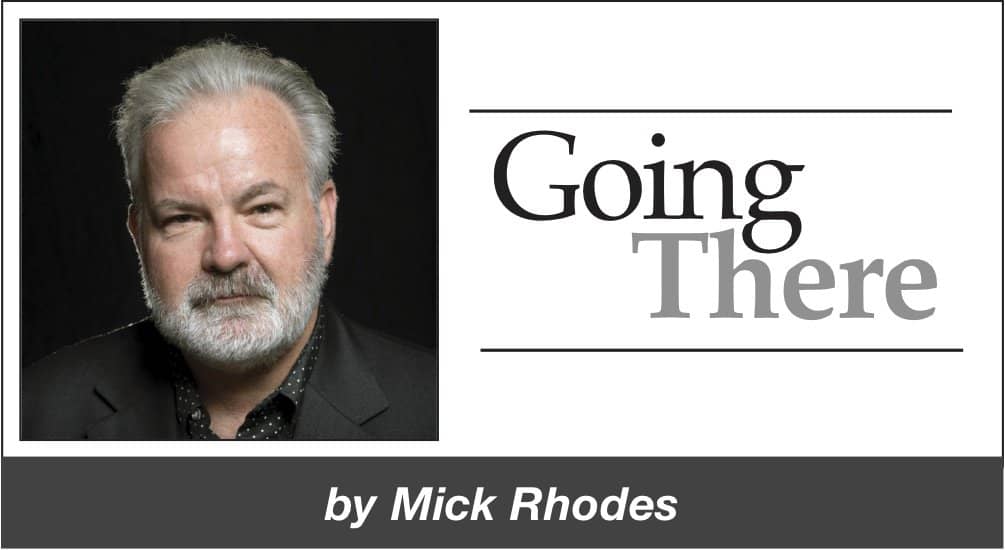Weed warning labels? Yes please!
by Mick Rhodes | [email protected]
If a time-traveling stoner had materialized in my garage and told my pimply, clumsy 15-year-old self that marijuana would one day be legal and sold in upscale Southern California coffee shops and dispensaries, I would have questions, probably not good ones, but still questions. Probably along the lines of “How much does a lid cost?” or “Am I cool in the future?”
If my teenage brain had been capable in this scenario, with the slight fog and creeping paranoia of the stalk-and-seed laden Mexican pot that we had in the late 1970s, I might have really dreamed big and asked about tax implications, regulatory statutes, and of course, potency.
After all, the future was to be nothing but bigger, better, faster and smarter. The weed, it seems, would follow.
I didn’t know how right I would have been.
Today’s super potent marijuana strains, both traditionally grown and “dabbing” concentrates, are a microchip for the abacus of my undergraduate weed. Back home, we’d take puff after puff of dirty, dry brown weed to get high on, and it was still a relatively scenic experience, with the only real negative by-products being listlessness and over-serving with wacky snacks from the 70s. (Food Sticks anyone?)
Weed these days is so strong it’s almost hallucinogenic. And getting high is no longer scenic for some. More young people are being admitted to emergency rooms and psychiatric hospitals, drawn into a cannabis-induced psychosis that can last for days, weeks, or even months.
It’s terrifying. Even more alarming are studies showing that the incredibly potent psychosis that dabbing concoctions can create can make some users more susceptible to developing serious and lifelong mental health issues such as schizophrenia.
And before my inbox is filled with pro-cannabis evangelists accusing me of all kinds of prudery or worse, please note that I am not anti-marijuana. On the contrary, weed, CBD, gummies, and tinctures have worked wonders for many friends’ various ailments, from anxiety to cancer. I’m not anti weed. I’m pro-safety.
In February, California State Senator Dr. Richard Pan (D-Sacramento) introduced SB1097, a bill that would create safeguards against the increasingly common serious side effects of marijuana use. strong in young people. The wording attached to the current draft describes it as follows: “Requires the packaging of cannabis products to feature prominently a rotating series of labels warning of the health risks associated with the consumption of cannabis; requires that all advertisements by cannabis companies and services also prominently feature these warnings; and require the Department of Cannabis Control (DCC), in consultation with the Department of Public Health (CDPH), to create a brochure on the use safer form of cannabis, which must then be supplied to consumers by cannabis companies.
On June 21, the State Assembly Business and Professions Committee voted unanimously to forward it to the Appropriations Committee.
Lawmakers are trying to do something. It’s a step, but unfortunately the legal weed lobbyists got to lawmakers and the wording of the bill was watered down significantly. Also, many (most?) young people get their stamp of business from the streets, not the dispensaries. No warning label on this thing.
Still, it’s something.
We put warning labels on cigarettes for a reason: because they can kill you. Now that it’s legal in California, we should do the same for marijuana. It may not kill you slowly like tobacco, but it is certainly capable of permanently altering the lives of thousands of young people.
The scientific community has made it clear: today’s weed can be dangerous for some of those who drink it. It’s time to admit it, and SB1097 is a good, albeit soft, first step for California.


Comments are closed.